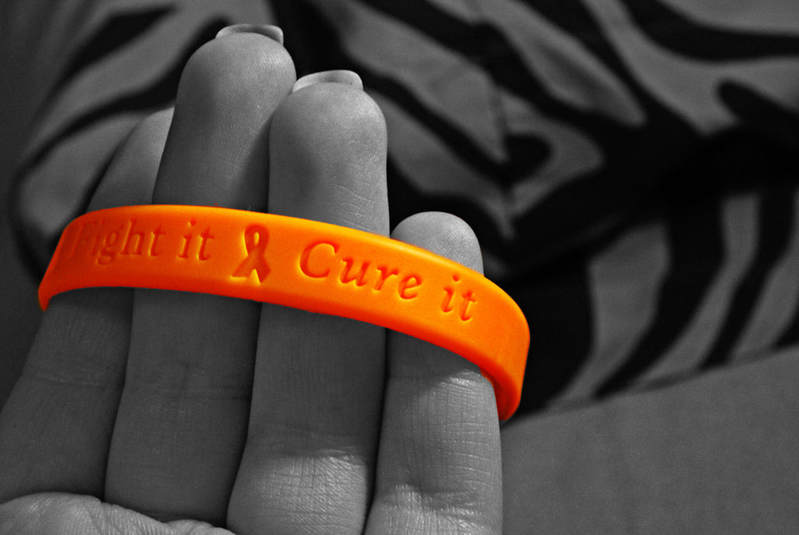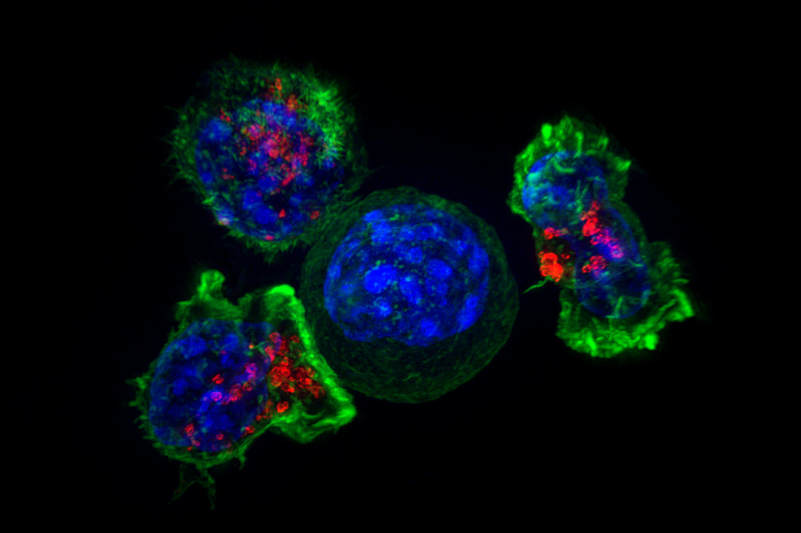Scientists Successfully Create an Organism Capable of Holding a New DNA Base Pair
What do bacteria, humans, sharks, and pretty much every single organism have in common with each other? They all contain different versions of a special molecule known as deoxyribonucleic acid (DNA), which is essentially an organism’s unique blueprint. Historically, only four distinct, normal bases, which are adenine, thymine, guanine, and cytosine, code for the template that makes up every single living thing on the planet. In nature, these bases pair up, making the “rungs” of the complex, coiled “ladder” that is DNA. However, for the first time, scientists have been able to create and incorporate two new bases into the DNA of a simple, single-celled organism.
In 2014, Professor Floyd Romesberg and his work group at The Scripps Research Institute successfully created an artificial base pair (termed X and Y) that they hoped to incorporate into bacterial DNA. Romesberg was eventually able to get E. coli bacteria cells to take up modified DNA with the X and Y bases. However, when the bacterial cells reproduced, he found that the synthetic XY base pairs would disappear in the next generation. Since Romesberg’s goal was to get the bacteria to incorporate the synthetic bases indefinitely, he and his team had to try a different approach.
In 2014, Professor Floyd Romesberg and his work group at The Scripps Research Institute successfully created an artificial base pair (termed X and Y) that they hoped to incorporate into bacterial DNA. Romesberg was eventually able to get E. coli bacteria cells to take up modified DNA with the X and Y bases. However, when the bacterial cells reproduced, he found that the synthetic XY base pairs would disappear in the next generation. Since Romesberg’s goal was to get the bacteria to incorporate the synthetic bases indefinitely, he and his team had to try a different approach.
Image Source: Elapied
Two graduate students in Romesberg’s lab made improvements to a nucleotide transporter that was used in previous studies; this change essentially extended the durability of the cells trying to take up the modified DNA while making it easier for them to grow. They then modified the Y base to make it easier for cells to copy and retain the synthetic base pair. Next, the team exploited the cellular function of CRISPR-Cas9, which serves as a rudimentary cellular immune system that protects cells against foreign invaders. When an alien body containing foreign DNA is encountered by the cell, the bacteria uses CRISPR to incorporate part of the unfamiliar DNA into its own genome. Doing so makes it easier for cellular proteins to find and destroy foreign DNA the next time it is encountered. Knowing this, researchers constructed a modified bacteria that marked genetic sequences without X and Y bases as an invader. Therefore, the only DNA that these modified organisms would take up would be DNA with the synthesized bases. After selecting for cells that had this mutation, scientists found that these particular bacteria were able to keep X and Y in their genome after 60 rounds of replication, a finding that suggested X and Y were successfully incorporated permanently.
Currently, this method only works on single-celled organisms; however, because Romesberg’s team was able to create such an organism that could hold more genetic information, the discovery is quite groundbreaking. Although there are limited applications for these semi-synthetic organisms, Romesberg and his group hope to continue studying synthetic base pairs and, eventually, create an organism that can transcribe and translate genomes carrying these artificial bases into functional proteins.
Currently, this method only works on single-celled organisms; however, because Romesberg’s team was able to create such an organism that could hold more genetic information, the discovery is quite groundbreaking. Although there are limited applications for these semi-synthetic organisms, Romesberg and his group hope to continue studying synthetic base pairs and, eventually, create an organism that can transcribe and translate genomes carrying these artificial bases into functional proteins.
Featured Image Source: Ude
RELATED ARTICLES
|
Vertical Divider
|
Vertical Divider
|
Vertical Divider
|






